
“We need an energy miracle,” says Bill Gates in this interview with Atlantic editor in chief James Bennet. “That may make it seem too daunting to people, but miracles in science are happening all the time.” So, what are the solutions to climate change? Gates has pledged to invest $2 billion in new alternative energy technologies. In this discussion with Bennet, he extolls the necessity of investment in vast and varied technologies to change such a massive infrastructure quickly. Read more about Gates’s commitment to moving the world beyond fossil fuels in the November 2015 issue of The Atlantic.
View this complete post...











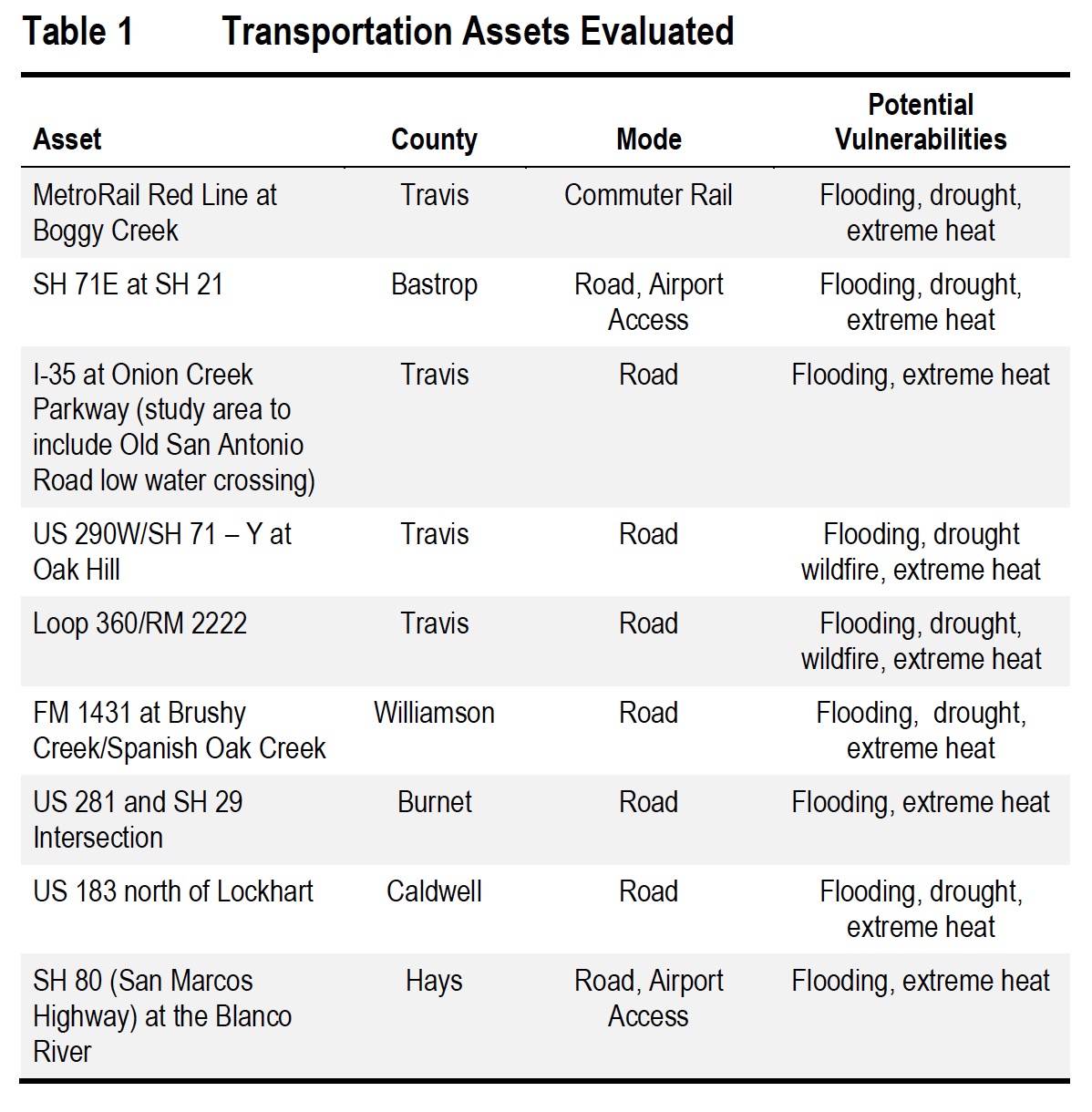
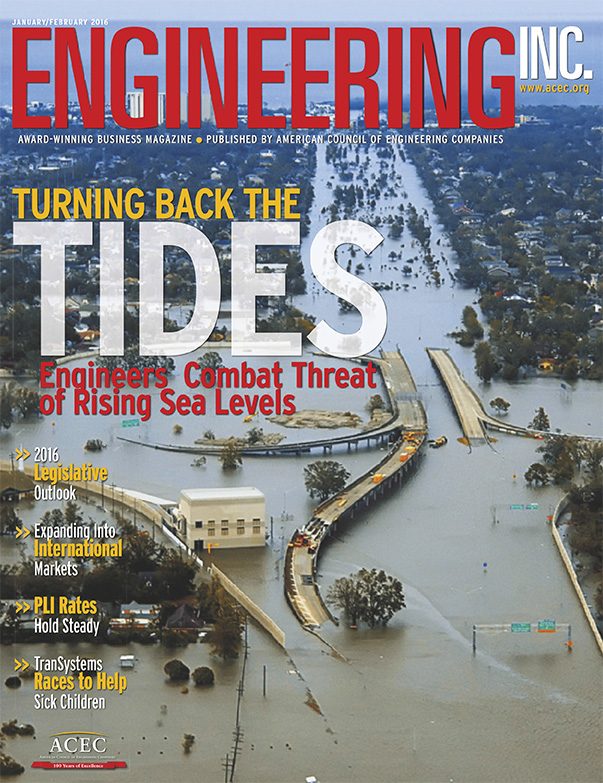

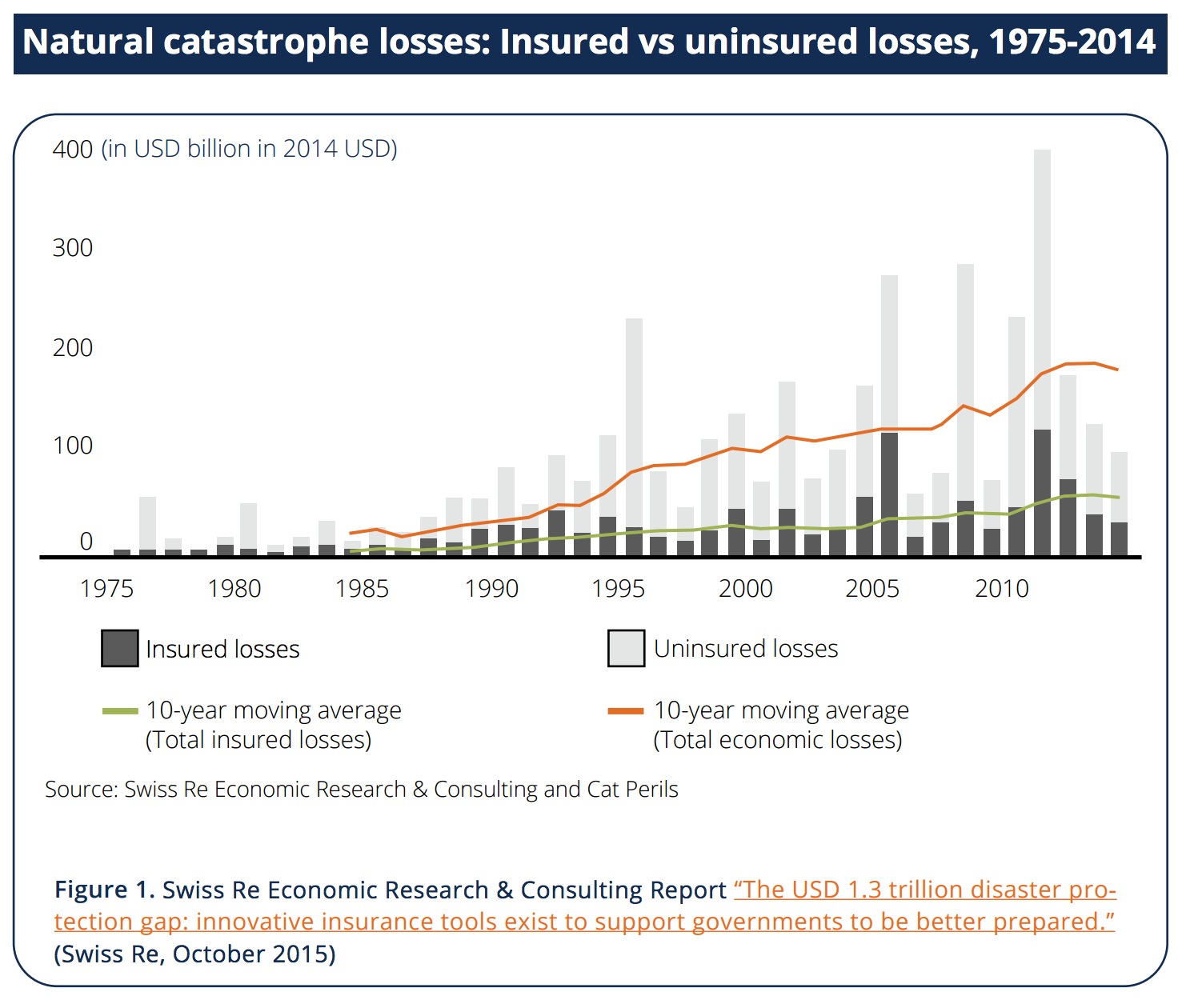
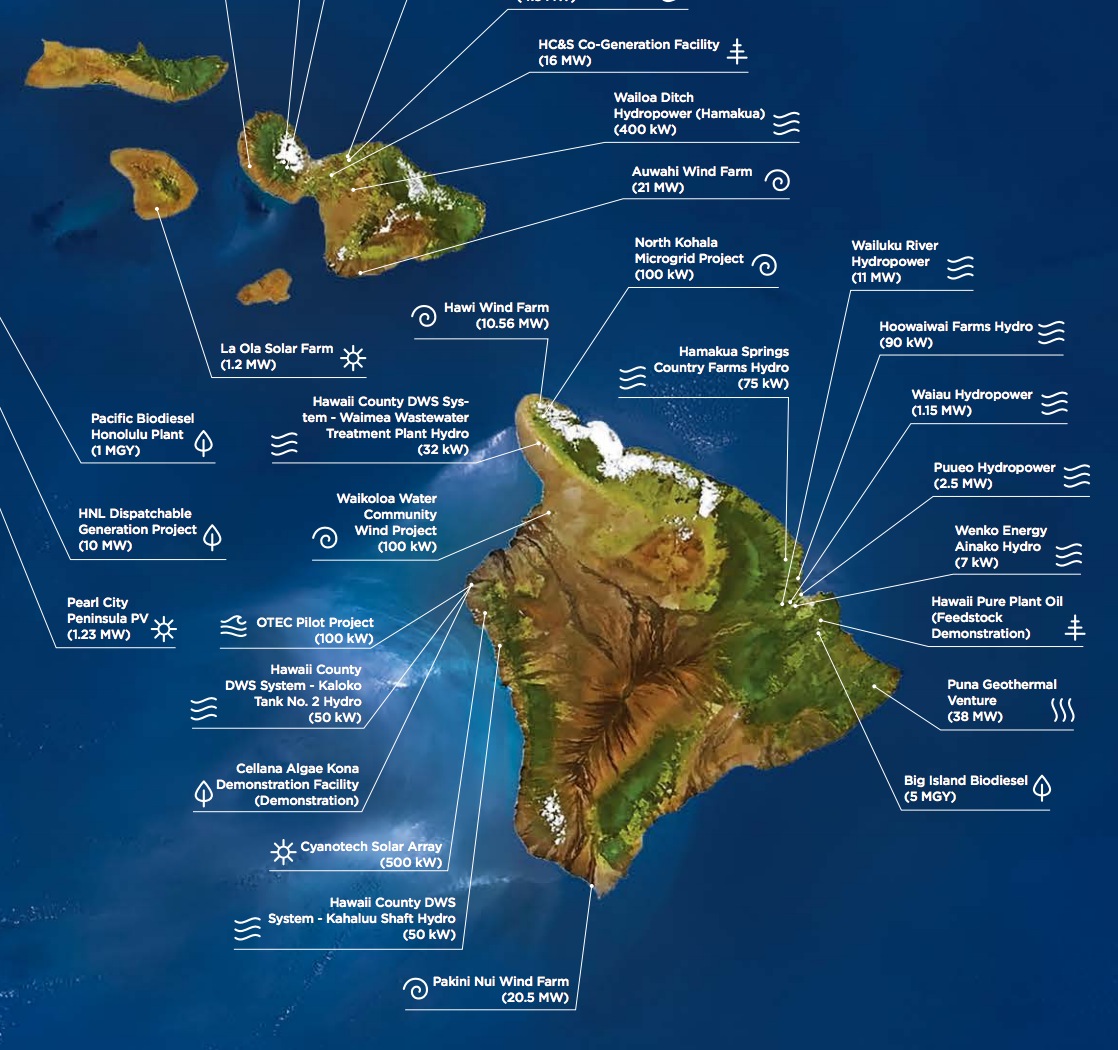
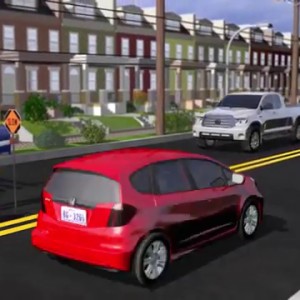
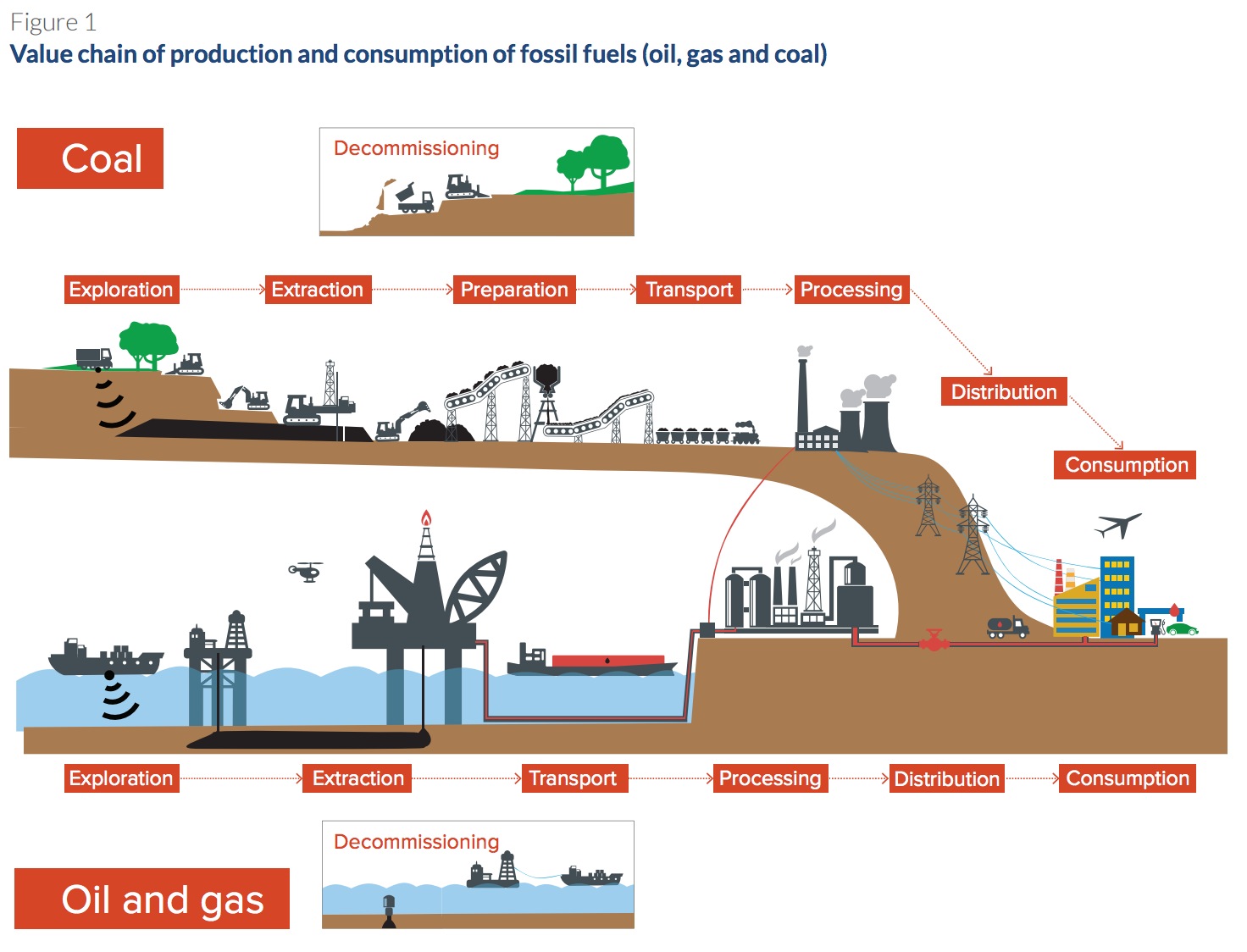



 RSS Feed
RSS Feed